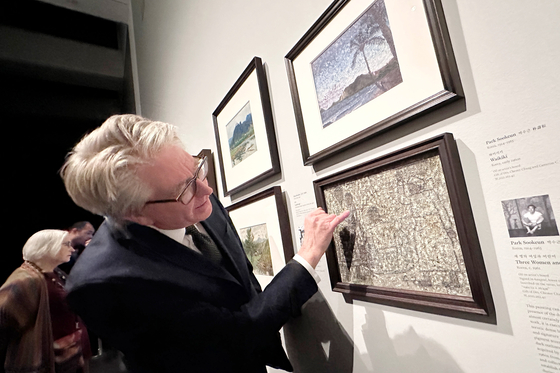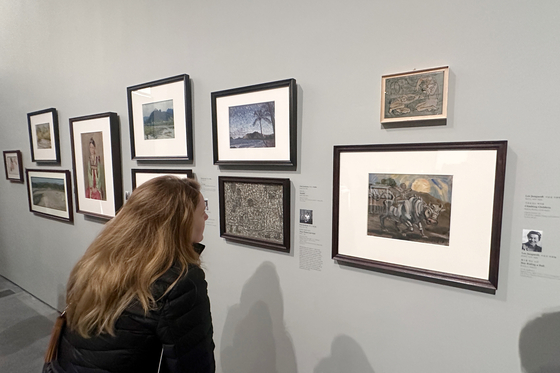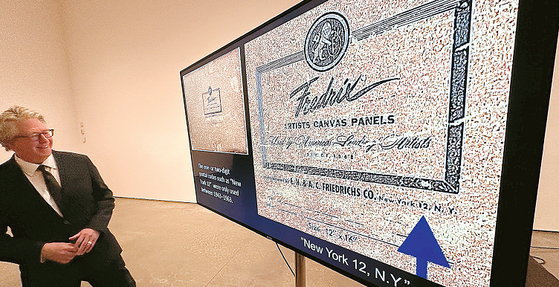Amid speculation in Korea regarding the authenticity of some artworks featured in the ‘Korean Treasures’ exhibition at the Los Angeles County Museum of Art (LACMA) since February 25, LACMA organized a special lecture on March 4 to address the exhibition for both members and non-members.
In an interview with the Korea Daily, Stephen Little, the head of LACMA’s Chinese, Korean, and South & Southeast Asian Department, shared his perspective on the controversy.

-How did you feel when you heard about the forgery allegations?
“I’m not surprised. I understand it because different people see things differently. What’s unfortunate is that the people who claimed it was a forgery didn’t see the painting themselves and didn’t research the work adequately. I believe it’s because they can’t imagine that paintings by Park Soo-keun and Lee Jung-seob are in LACMA.”
-Does LACMA verify artworks when they are donated?
“We don’t verify all donations. If it’s a controversial work, of course, it will be vetted. The works by Park and Lee were both verified at the end of last year.”

-What kind of verification has been done?
“We use scientific methods, but it is also important to find and compare different records and sources. In the case of Lee’s work, it has been pointed out that he only painted on Hanji (Korean traditional paper). After visiting and researching Korea for the past three years, I found that he painted on wood, canvas, and cardboard, not just Hanji. Some people say that there are no paintings of children sitting on cows in his paintings, but there are many paintings of people riding on giraffes, horses, deer, and dragons. You can find this out just by searching on the internet.”
-In the case of Park Soo-keun’s artwork, his son raised an issue.
“We examined the painting materials, painting techniques, colors, and other details under a microscope in the laboratory and confirmed that all of Park’s works donated were before 1963. For example, the paper he wrote was produced before 1963 at a paper factory in New York. This is evidenced by the house code (NY, 12, NY) and the name of the paper mill stamped on the back of the piece. Before 1963, the United States used a two-digit ZIP code, which was 12 for New York, where the paper mill was located. Park also wrote to his patron, Margaret Miller, about what colors he used in his work. In the letter, he explained that he mostly used dark colors, but occasionally used pinks and blues to liven things up. You can find the colors by looking at his works in person.”

-There are many reviews of North Korean painters’ works.
“Yesterday (March 3), I met with an official from China’s National Tourism Administration, and we talked about the works of North Korean painters. They said that North Korean painters are highly regarded in China and many want to buy their works. In South Korea, North Korean artists are rarely seen, so they can be unfamiliar. We are pleased to be able to showcase the works of these outstanding artists originally from North Korea in this exhibition.”
-Anything you’d like to say to the Korean-American community?
“We verify our artworks scientifically, and we will continue to do so. The current exhibition is an opportunity to see the work of outstanding Korean painters and artists, so please come to see and evaluate them.”
BY NICOLE CHANG, HOONSIK WOO [chang.nicole@koreadaily.com]




